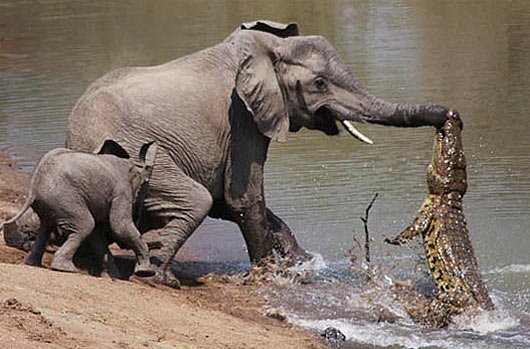Nile Crocodile – Content to Smile as a Top Predator
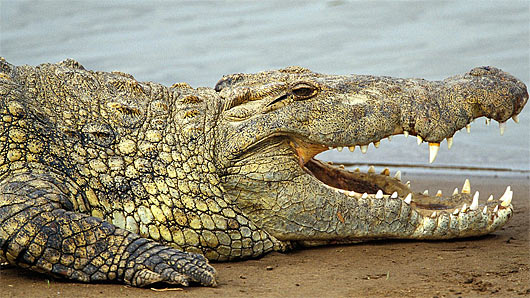
Found in a huge swath of territory throughout the center of Africa: Somalia, Ethiopia, Uganda, Kenya, Egypt, Tanzania, Zambia, Zimbabwe, Gabon, South Africa, Malawi, Sudan, Botswana, Cameroon, Madagascar and Senegal, the Nile crocodile is a very common crocodile that prefers to live in rivers, lakes, marshes, dams, and caves. Nile crocodiles are usually dark bronze with black spots, and have a a build similar to other crocodiles. They are quadrupeds with four short and splayed legs, long and powerful tails, a scaly hide, and very powerful jaws. They also have nictitating membranes (like extra eyelids) to protect their eyes, which are situated on top of their heads so that they can swim with the rest of their bodies concealed under the surface of the water. In fact, they can stay under water holding their breath for up to 2 hours.
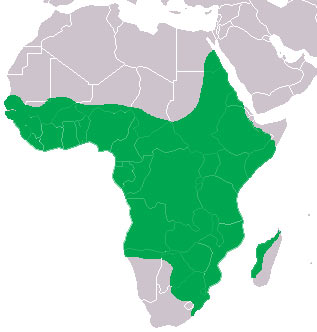
Despite their normal method of slowly crawling to transport themselves, nile crocodiles can “gallop” at up to 7.5 to 8.5 mph (12 to 14km/h) and can swim even faster, reaching speeds of 18 to 22 mph (30 to 35 km/h). They are the largest crocodilians in all of Africa; they can grow up to 11.5 to 18 feet long (3.5 to 5.5 meters), weighing up to 2,400 lbs (1,090 kg).
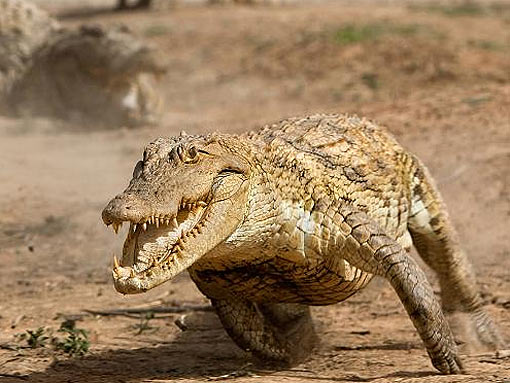
Within its natural amphibian habitat, the croc is an apex predator, meaning it does not have predators of its own. How lucky, but don’t forget about the kind of predator that doesn’t eat the crocodile but instead makes boots, wallets, and belts out of their hides. But the dangerous crocs return the favor to man by snatching a few off the riverbanks every year.
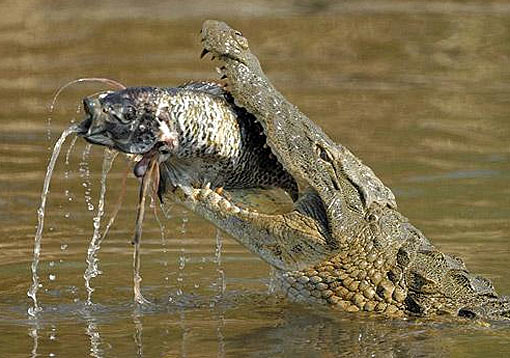
The croc doesn’t need to hunt much because of it’s ability to go for extremely long periods without food, but when it does, it preys on various birds, reptiles, and mammals. That includes almost everything that might be anywhere near water – gazelles, antelope, waterbuck, sitatunga, lechwe, wildebeest, zebra, warthog, young hippos, giraffe, Cape buffaloes, young elephants, cheetah, leopards, lions, chickens, sheep, goats, cattle and humans. It does most of its hunting during the night, in the water and at the edge of the water, almost never venturing more that 170 feet (50 meters) onto dry land. Due to its apex predator status, the nile crocodile’s population is always strong in number, and is in no danger of extinction at any point in the near future unless crocodile skin boots become really really popular.
